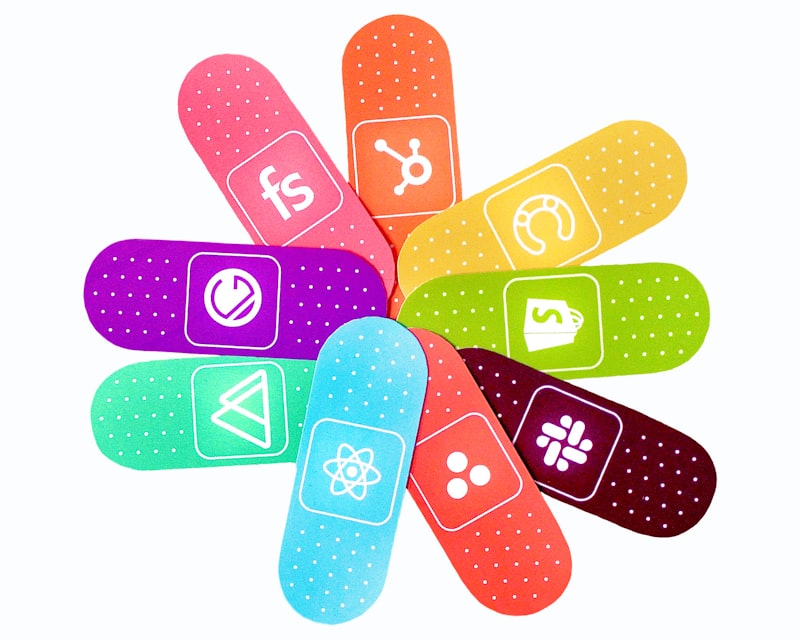Freemium-to-premium conversion is one of the trickiest things to master in SaaS products. It's hard to find the right balance between offering your users a free product that keeps them coming back for more and giving them so much value that you don't get any new paid users.
In this blog, I will share some tips and tricks I've learned over my years working in SaaS marketing. We'll cover everything from onboarding to user experience best practices to getting your free customers on board with premium features.
I know it's tempting to give people everything they want for free, but trust me when I say that if you do that, you're not going to be in business very long. The best way to ensure success with a freemium model is to create an environment where people feel like they need the premium version of your product (or at least want it badly enough that they're willing to pay for it.
Build your product to reach and exceed 90% of the users' expectations from an ideal product
Focus on getting the basics right
There’s a reason why people say that success comes with ensuring that you have the fundamentals in place. To make your product stick, ensure that you get the core features right and that they are outstanding. The competition is too high to expect users to compromise with your product at this stage of their customer journey.
Focus on the user's experience
Once you have laid out a strong foundation with your basic features and functions, focus on enhancing user experience to drive more usage. For example:
- A single sign-on feature – The less time spent logging in, confirming email addresses, and verifying identities — users will spend more time conversing within your community. This enhances engagement and usage of your platform.
- A “welcome” video when people first log into your site or app puts a face behind the product. If a founder or CEO welcomes new users personally, this makes them feel valued and is likely to engage them further.
Ensure that your free plan is fully-functional and can offer good value for all the essential features
How do you achieve this? Simple. Offer the basic features that provide the core value of your product and make them easy to use. You might want to go a step further and allow users to try out new, premium features on a limited basis (e.g., for a few days or for a limited number of uses), but your free plan must be fully functional in its own right—otherwise you're just asking people to give you their money because they've already grown attached, not because they've seen the true capabilities of what you have to offer.
As we discuss these steps in more detail, it's important to keep these guidelines top of mind:
- Make sure that the free plan offers good value for the core features that deliver primary benefit for your users
- The free plan itself should be fully-functional
- Your goal is not necessarily getting people onto premium immediately; instead, it's making sure that they see enough value in what you're offering so they will eventually come around.
Set up a simple yet effective onboarding process that helps new users get started as quickly as possible
“Our onboarding process is so simple that users can get started with our product within a few minutes of creating an account,” says Denny Young, Growth Engineer at Baremetrics. “We also use Intercom to trigger a series of in-app messages to help guide new customers through the setup.”
Denny said this simple onboarding process helped them convert 68% of their free trial users into paying customers.
The key takeaway here is that simplicity matters when getting your free plan users to upgrade. Make sure the onboarding process for your free plan is as simple as possible and designed based on user feedback.
Get users to invest time in the product for quicker freemium to premium conversions.
One study showed that users who invested more than 1 hour using a service during their first week were more likely to upgrade from free to premium. Their data also found that users who invested less than 10 minutes in the service during the first week were unlikely to become customers at all. The key takeaway is that getting them engaged and excited are vital steps toward making them paying customers.
To help get people hooked on your product and keep them coming back, consider these time investment strategies:
- Add an introduction video or guided tour
- Set up a “7-day challenge” where they engage with your product daily (this works well for health apps)
- Host online events where they meet other users and learn about the product
Use your free plan to collect valuable information about user behavior. This will help you design a better strategy for freemium to premium conversion.
While you should be careful not to risk alienating users by asking for too much information, there are a couple of things worth requesting. It's useful to ask for the user's name and email address as early in the funnel as possible. This will allow you to send out targeted follow-up emails. If you have an app with long sessions, it might also be worthwhile to collect data on how specific users navigate this content. For example, Airbnb collects information on the number of clicks it takes each user to get from their home page to make a reservation. They can then use this data (combined with additional information they might already have on their users) to discover correlations between different user behaviors and whether or not they convert into paying customers.
I will reiterate, don't be afraid of offering all the core features for free. Focus on getting users excited about the excellent service your product offers, instead of just offering a few "teaser" features, which could drive away potential customers.
Offering the core features of your product for free might feel scary, but it’s a smart strategy that can pay off huge dividends. When Appcues launched, its goal was to focus on customer value and experience instead of just getting people in the door. This is why they offer all of their core features at no charge. Anyone who signs up for Appcues can publish as many experiences as they want without restricting the number of users and data storage. They also don’t limit how many collaborators can work on an account, a tactic that many of their competitors use to drive their upgrade rate.
They believed in providing as much value as possible and letting customers decide if they need additional functionality or support levels. The free plan does have a set of limits like onboarding templates, integrations with other products, advanced targeting capabilities, or analytics dashboards that allow customers to understand engagement with their flows better—but these are nice-to-haves that aren’t necessary for most customers who are just starting out and aren’t ready to invest in a premium service yet.
Make it easy for users to upgrade. Allow them to upgrade at any time when they're ready, with a clear understanding of what they're getting in return.
- Don't make it too complicated:
When you're designing your onboarding experience, avoid using jargon. Instead, use simple words and phrases that convey the same message but don't confuse or alienate your users. In addition to simplifying the language you use, try not to show people more than one screen at any given point during the onboarding flow. One screen per page makes it easier for users to understand what's happening.
- Make it easy for your users to upgrade:
Allow them to upgrade at any time when they're ready, with a clear understanding of what they're getting in return. For example, if you notice that a user has almost reached the limit of something (views per month, number of projects), encourage them to upgrade by telling them about that specific benefit of doing so. You could also incentivize upgrades by offering discounts or special deals if they decide to do so before reaching their limits. Additionally, make sure there are always clear calls to action on every page of your product indicating where users should go next—whether they want more information about pricing plans or an immediate customer service number.
Most of the SaaS products operate on a freemium pricing model and aim at getting their customers to upgrade from the free plan to the premium one. Even though it may seem like a daunting goal, it's not if you focus on customer value and experience over everything else.






